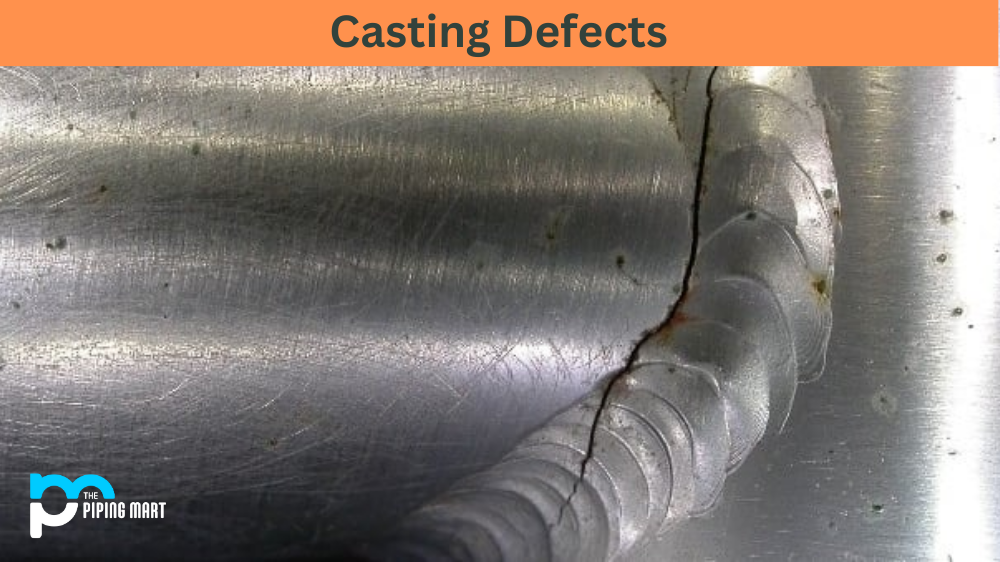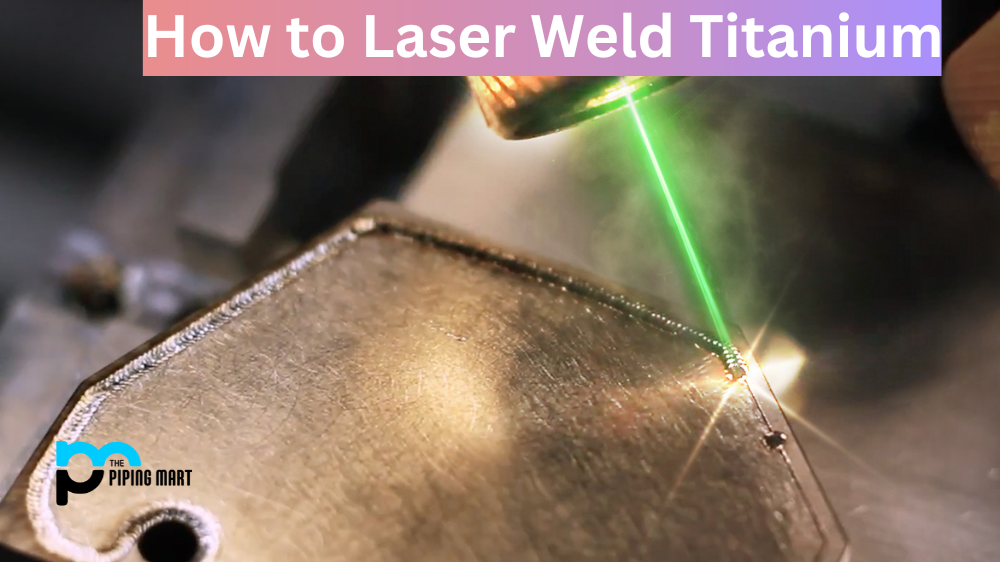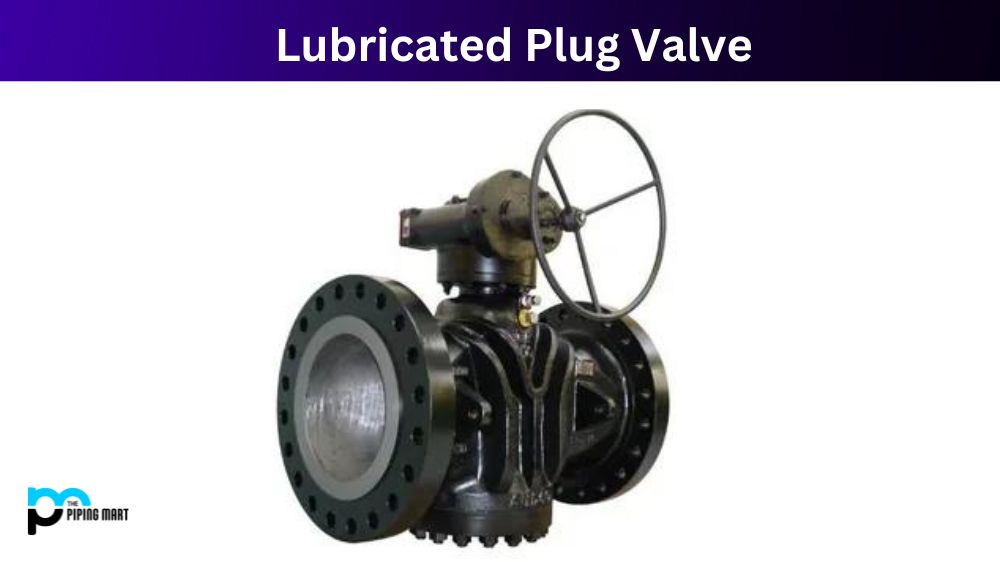If you are working with a fluid or gas system, you must have heard about ball valves. These valves are essential to regulate fluid or gas flow in the pipeline. However, selecting the right ball valve for your application can be difficult. When choosing a ball valve, pressure is an important factor to consider. Ball valves can be categorized into high-pressure and low-pressure valves. In this blog post, we will explain the difference between high-pressure and low-pressure ball valves.
What is High-Pressure Ball Valves?
High-Pressure Ball Valves are specialized valves designed to withstand extremely high pressure. They are typically constructed of stainless steel or other metals such as chrome-moly and have a tight sealing system that prevents leaks even at elevated pressures. These ball valves are used in extreme applications like oil rigs, gas pipelines, hydraulic systems, and industrial process control systems where precise flow regulation is needed.
What is Low-Pressure Ball Valves?
Low-Pressure Ball Valves are flow control valve mechanisms that regulate pressure and flow rate in industrial, commercial, and residential pipelines. They work by allowing the opening or closing of a passage whose diameter is determined by a ball lodged inside the valve mechanism, thus controlling the amount of fluid that passes through it. With its simple yet precise design, these valves have become essential components for many engineering applications.
Difference Between High-Pressure and Low-Pressure Ball Valves
Definition of High-Pressure and Low-Pressure Ball Valves
The fundamental difference between high-pressure and low-pressure ball valves is their pressure rating. High-pressure ball valves are designed to handle high-pressure applications, usually above 1000 psi. Low-pressure ball valves are designed to handle low-pressure applications below 1000 psi. Therefore, a high-pressure valve can withstand higher pressure than a low-pressure valve.
Design Differences
High-pressure ball valves are generally made of materials that can withstand high pressure, such as stainless steel or carbon steel. They also have thicker walls, which make them strong and reliable. On the other hand, low-pressure valves are often made of materials like brass, which is more likely to wear down over time. Additionally, high-pressure ball valves have a more substantial design, with larger balls and seats than low-pressure ones.
Applications of High-Pressure and Low-Pressure Ball Valves
High-pressure ball valves are often used in applications that require a tight shut-off, such as in industries like oil and gas, chemical processing, and more. They are also used in applications that require high flow rates and high-pressure drops. On the other hand, low-pressure ball valves are used in applications that require less precision, as they allow for higher leakage rates.
Cost Differences
As you might expect, high-pressure ball valves are more expensive than low-pressure ones due to their more substantial design and higher pressure rating. Depending on the application, you may not need the added strength of a high-pressure ball valve, and a low-pressure ball valve might be the right option saving you money.
Choosing the Right Ball Valve
When choosing a ball valve, it’s crucial to consider the application’s pressure requirements. Choosing a high-pressure ball valve made of durable materials is key if the application requires high pressure. If the application requires low pressure, then a low-pressure ball valve made of material suited for the job is the way to go.
Conclusion:
In summary, selecting the right ball valve for your application is crucial. Choosing the correct pressure rating is important to properly function the valve and pipeline. High-pressure ball valves are designed to handle high-pressure applications, have a more robust design and are made of durable materials. Low-pressure ball valves are suitable for applications with lower-pressure requirements and are made of materials optimized for this use. Knowing the application’s specific need will ensure you choose the right ball valve.
Rachana is a dedicated and ambitious young woman who has made a name for herself in the metal industry. From her earliest days in the industry, Rachana showed a natural talent for problem-solving and a keen eye for detail. In her free time, She enjoys reading up on the latest advancements in the industry, as well as exploring new ways to innovate and improve upon existing processes.




